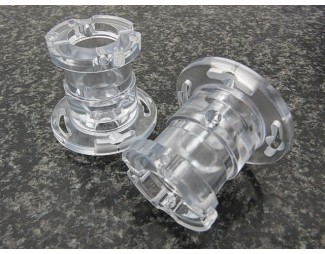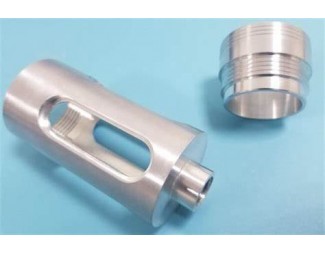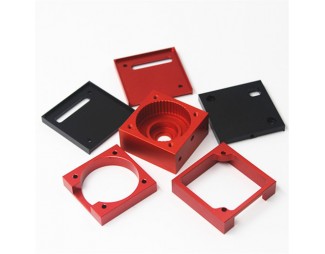What Material Do We Often Use in Rapid Prototyping ?
ABC Rapid leading manufacture of rapid prototyping, often use ABS, PC, PP, PMMA, Aluminum, Nylon as materials.
1. ABS (Acrylonitrite Butadine Styrene) is a terpolymer made by polymerizing styrene and acrylonitrile in the presence of polybutadiene. The most important mechanical properties of ABS are impact resistance and toughness.
2. PC (PolyCarbonate) used in engineering are strong, tough materials, and some grades are optically transparent. They are easily worked, molded, and thermoformed.Because of these properties, polycarbonates find many applications in rapid prototyping field.
3. PP (Polypropylene) is a thermoplastic polymer used in a wide variety of applications including packaging and labeling, textiles, stationery, lastic parts and reusable containers of various types, laboratory equipment, loudspeakers and polymer banknotes. An addition polymer made from the monomer propylene, it is rugged and unusually resistant to many chemical solvents, bases and acids.
4. PMMA (Poly(methyl methacrylate)) is a transparent thermoplastic often used in sheet form as a lightweight or shatter-resistant alternative to glass.
5. Aluminium is the most widely used non-ferrous metal. Aluminium is a soft, Durable, Lightweight, Ductile and Malleable metal with appearance ranging from Silvery to Dull Grey, depending on the surface roughness. Aluminium naturally generates a protective oxide coating and is highly corrosion resistant.
6. Nylon is a generic designation for a family of synthetic polymers known generically as PA PolyAmides. Nylons (Polyamides) comprise the largest family of engineering plastics with a very wide range of applications such as rapid prototype. Nylons are generally Strong, Tough and Wear Resistant.

Search
Recent Post













